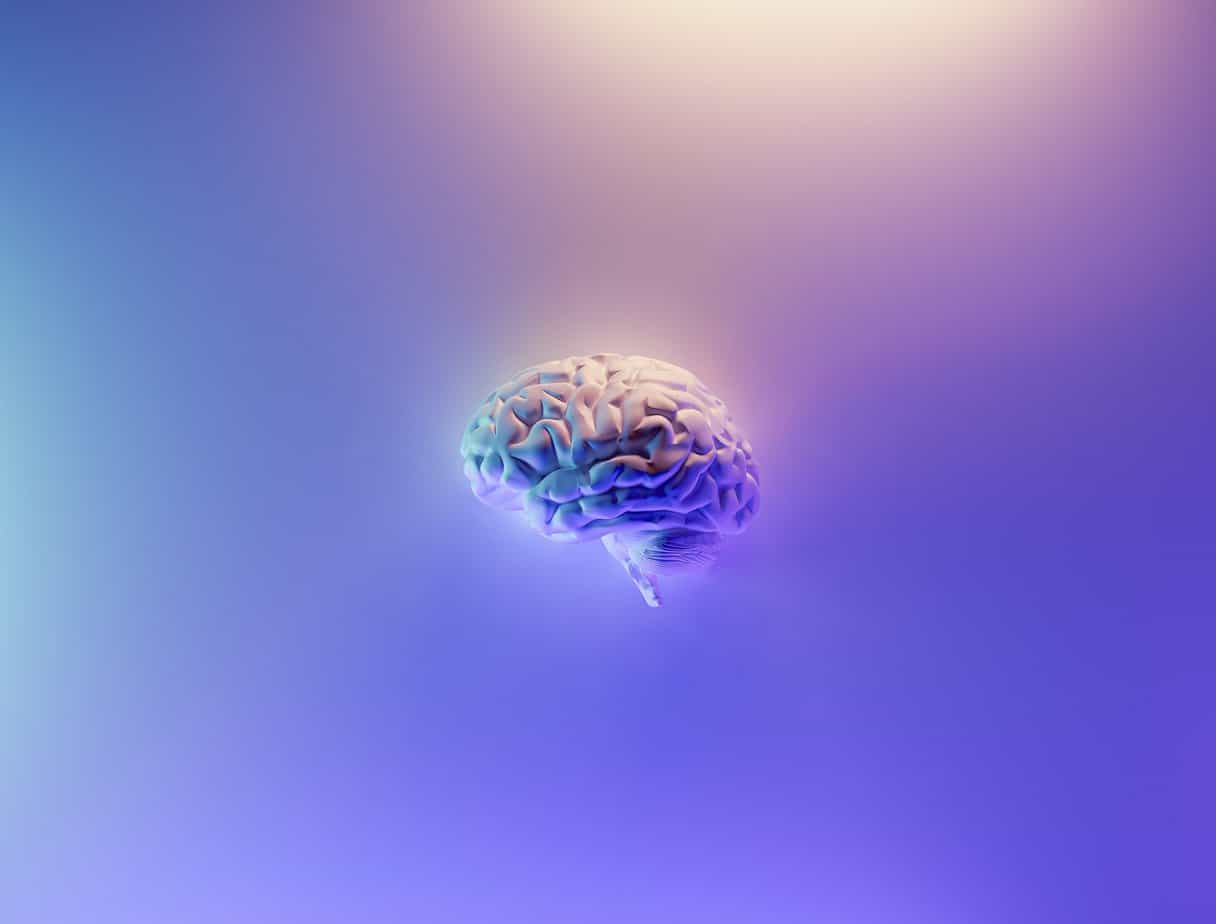
Today, artificial organs are no longer a fantasy, but a reality: blood vessels and skin are “grown in test tubes,” technologies for producing new lungs and hearts are being actively developed. However, one of the main challenges for scientists is to recreate at least part of the complex structure of our brain.
Minibrains, organelles grown from stem cells, allow us to take the first steps in this direction. Read about how they are created, how they help study aging and Alzheimer’s disease, and whether the miniature tissue fragments can learn to think like us.
Researchers at Ohio State University in the US have grown a nearly full-fledged equivalent of a human brain with a size and structural development equivalent to a five-week-old fetus. The most complex model of the human brain to date, or “brain organoid,” as the researchers call it, was created in the lab through bioengineering and the use of adult skin cells.
The lab-grown organoid is the result of four years of research by René Anand, a professor in the Department of Biochemistry and Pharmacology at Ohio State University, and Susan McKay, a research assistant. The researchers’ main task was to find a suitable alternative to the brain of laboratory rodents for future research. The resulting brain organoid is not only a more convenient research model, but also allows them to avoid various ethical difficulties that can be encountered in studying real brain tissue.
The creation of the organoid began with the use of adult skin cells, which were forced to transform into pluripotent cells – embryonic stem cells capable of transforming into any other cell type in the body. The resulting cells, placed in a special environment mimicking the prenatal state, were used to create a certain type of tissue and then an entire organ.
In this case, Anand’s patented method made it possible to grow a pencil eraser-sized brain model in 12 weeks, with the structure and 99% of the genes characteristic of a normal 5-week-old human brain. It is more advanced than previous models – it has all the major areas of a real brain, many different cell types and some parts of the visual system, but lacks the vascular system, so its growth potential is still limited. It does, however, contain axons, dendrites, astrocytes, oligodendrocytes and microglia and, like the real brain, can transmit chemical signals through its structure.
According to the researchers, such organic brain creation not only helps resolve many ethical issues, but can also provide faster and more accurate drug testing. It also provides an excellent basis for more advanced research into the genetic and environmental causes of central nervous system disorders. Anand and McKay have already created several models of autism, as well as Alzheimer’s and Parkinson’s diseases, based on the cultured organoid. Further development of it, as well as the addition of the cardiovascular system, may allow the study of strokes. In addition, based on the organoids, it will be possible to study traumatic brain injury and post-traumatic stress conditions in greater depth.
The team hopes that their organoid will become part of the DARPA Microphysiological Systems program, which uses genetically modified human tissue to mimic human physiological systems.
main photo: unsplash.com/Milad Fakurian